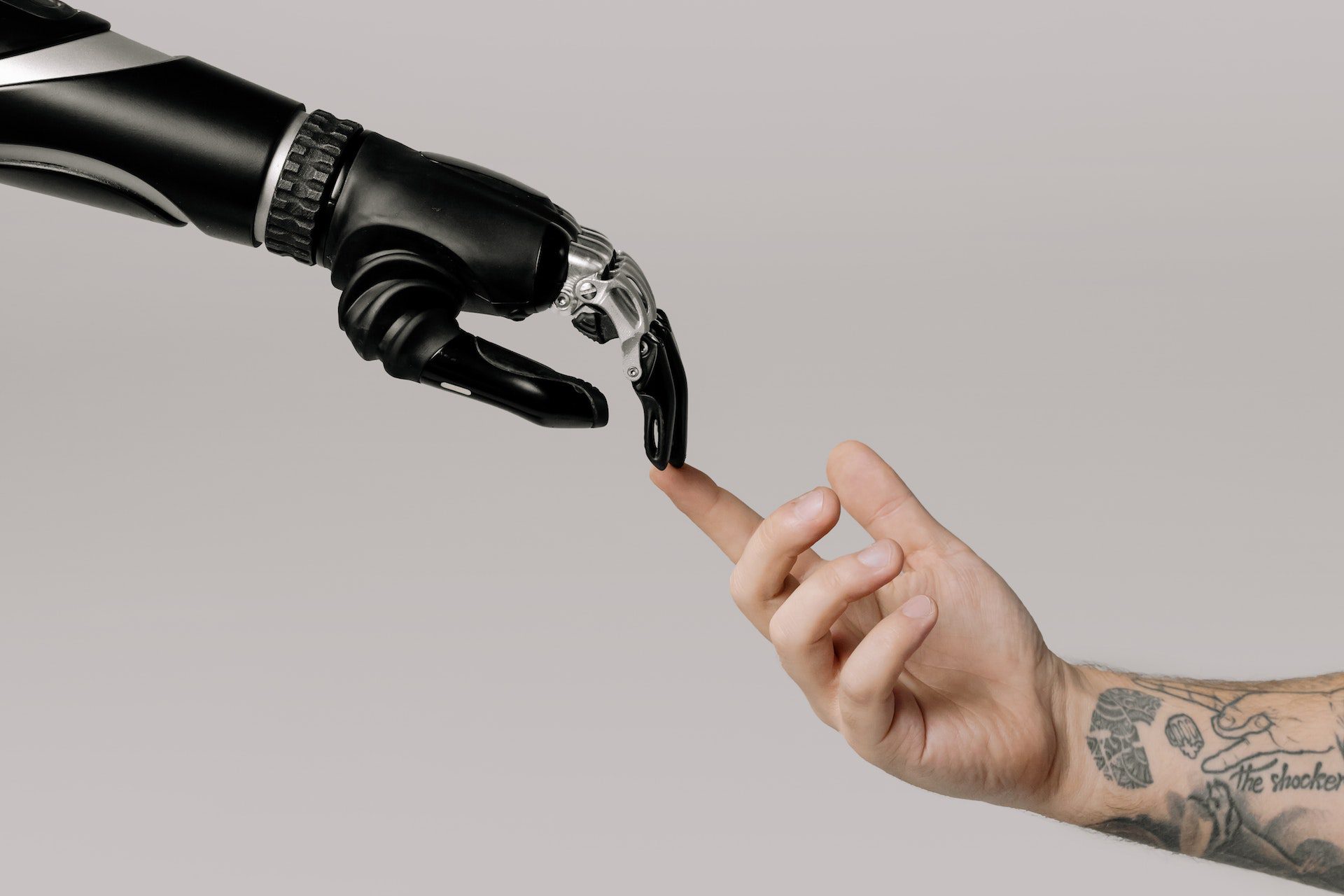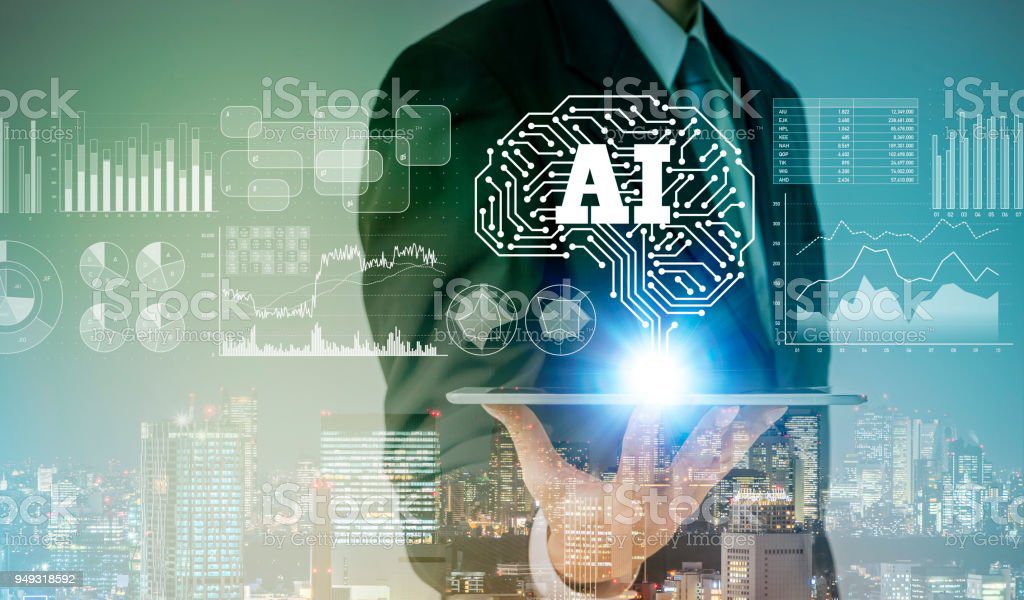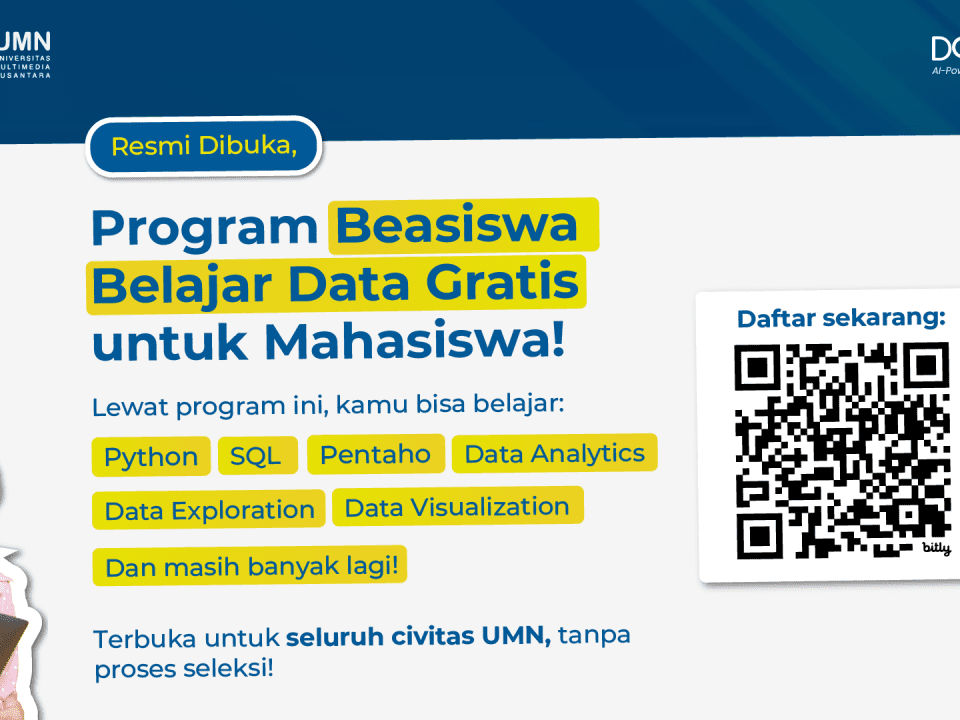
5 Pros and Cons of Artificial Intelligence: Helps and Threats?
August 7, 2023
Breaking the Cycle of Poverty Through Education
August 8, 2023
What is AI? (Source: Unsplash/metamorworks)
Artificial intelligence technology is growing, such as the much-talked-about Artificial Intelligence (AI). AI is the ability of a computer or computer-controlled robot to perform tasks usually performed by humans with their intelligence.
Characteristics of AI include its ability to rationalize and take actions that have the best chance of achieving certain goals.
Artificial Intelligence continues to evolve to benefit many different industries. Machines are wired using an interdisciplinary approach based on math, computer science, linguistics, psychology, and more.
A Brief History of AI
The term Artificial Intelligence is often used in system development projects similar to the intellectual processes that characterize humans, namely the ability to reason, find meaning, generalize, and learn from past experiences.
The development of digital computers in the 1940s showed that computers could be programmed to perform very complex tasks well. However, with advances and developments in processing speed and memory capacity, no program has yet to match human intelligence to a large extent.
Artificial intelligence is commonly applied in gaming, language translation, expert systems, and robotics.
In addition, some programs have reached the performance level of human experts and professionals in performing certain specific tasks. These include medical diagnosis, search engines, and voice or handwriting recognition.
Also read: The Controversy of Using Artificial Intelligence to Write a Thesis.
AI Categories
AI has 2 categories, namely weak or strong, with the following explanation:
- Weak AI, also known as narrow AI, is designed and trained as a virtual personal assistant for specific tasks.
- Strong AI, also known as general artificial intelligence, with general human cognitive abilities. Strong AI systems can find a solution without human intervention when presented with a specific task.
Applications of AI
There are many applications of AI systems in the real world today, as reported by the IBM website; here are some of the most common examples:
1. Speech Recognition
Speech recognition is also known as Automatic Speech Recognition (ASR), computer speech recognition, or speech-to-text.
These systems have capabilities that use Natural Language Processing (NLP) to process human speech into a written format, like how some mobile devices use speech recognition in their systems for voice search or accessibility services around short messaging services.
2. Customer Service
Online virtual agents have replaced humans in some customer service systems. These services range from answering common questions about delivery service topics and personalized advice to including sizes for users. Examples are often found in E-commerce sites, Slack, Facebook Messenger, and other virtual systems and voice assistants.
Read also: Thesis Defense Questions Frequently Asked.
3. Computer Vision
AI allows computers and their systems to obtain information from digital images, videos, and other visual inputs. Then the computer will take action. This ability to provide recommendations is different from just image recognition tasks.
Computer vision has applications in photo tagging on social media, radiology imaging in healthcare and self-driving cars in the automotive industry.
Artificial Intelligence is widely used in many work sectors, but it has yet to replace humans entirely because no program can match human flexibility in a broader domain.
Sources:
By Annisa Maulida
English translation by Levina Chrestella Theodora
Kuliah di Jakarta untuk jurusan program studi Informatika| Sistem Informasi | Teknik Komputer | Teknik Elektro | Teknik Fisika | Akuntansi | Manajemen| Komunikasi Strategis | Jurnalistik | Desain Komunikasi Visual | Film dan Animasi | Arsitektur | D3 Perhotelan , di Universitas Multimedia Nusantara. www.umn.ac.id




